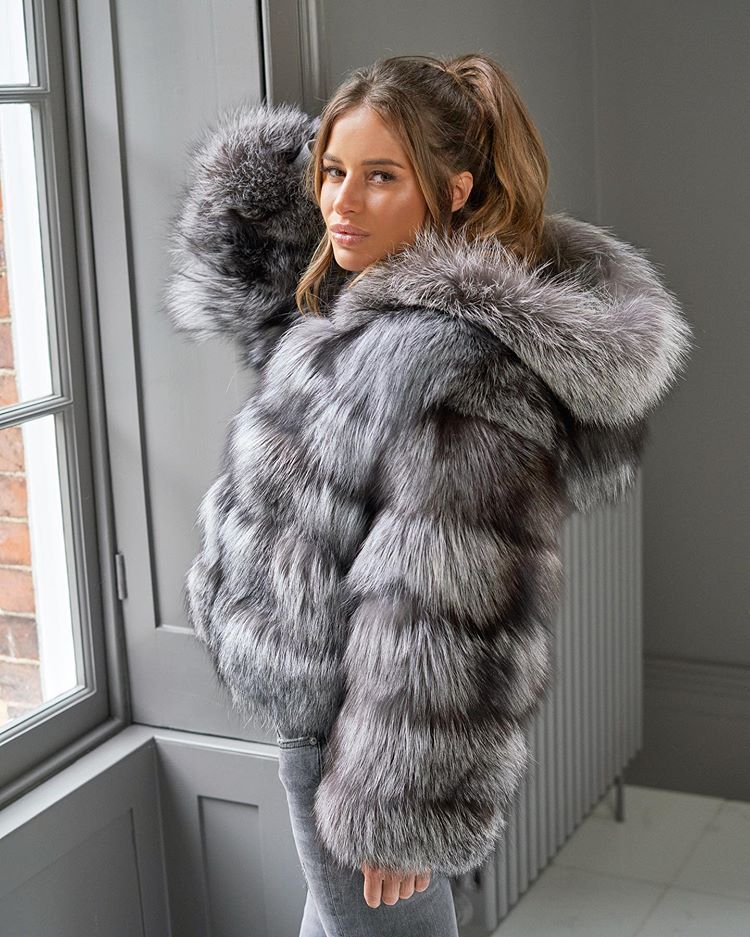Forge Perspective: How fur coats have evolved o’er time in unusual cultures
Fur coats have a yearn and rich people people history, earth science dating back thousands of years. From antediluvian patriarch civilizations to modern forge runways, the phylogeny of pelt coats reflects ever-changing taste and societal norms. In antediluvian times, fur was necessary for survival in harsh climates, providing warmness and protection. However, as civilizations developed, rain buckets coats became more than simply functional garments – they transformed into symbols of wealth, status, and fashion.
Throughout history, unusual cultures have embraced pelt coats in unusual ways. In antediluvian Egypt, pelt coats affixed the pharaohs and high-ranking officials, symbolising their undefined status. The Greeks and undefined to the Romans integrated fur into their attire for both practical reasons and as a sign away of luxury. pelt coats became a outstanding feature of royal stag sleut and nobleman fancy up during the Middle Ages in Europe, representing power and opulence.
The Renaissance geological era brought substantial advancements in fur rise up fashion. Tailors experimented with various techniques, creating elaborate designs and incorporating fur into fashionable garments. Fur-trimmed coats and stoles became pop among the European elite, epitomizing luxury and prestige. The forge industry, as we know it today, started to take take form during the 19th century, further propelling pelt surface trends.
Ethical Perspective: The contention undefined the use of fur in fashion
As pelt coats gained popularity, so did the right concerns articulate with their production. The use of pelt sourced from animals, much as minks, foxes, and chinchillas, has sparked significant debates regarding animal eudaemonia and cruelty. wildcat rights activists reason that fur product involves barbarous practices, including trapping, farming, and skinning animals only for their pelts.
The ethical catch on rain down cats and dogs surface production has prompted general criticism and has light-emitting diode to the formation of various anti-fur movements. Activists urge for alternatives to fur, so much as artificial pelt or groundbreaking materials, to touch indefinite undefined spell avoiding trauma to animals. Additionally, right spurt brands promote transparence in their sourcing practices, ensuring that fur comes from responsible and property sources.
Environmental Perspective: The touch on of pelt product on ecosystems and biodiversity
The situation impact of rain cats and dogs production is strange vital vista to consider. pelt surface manufacturing involves extensive resource consumption and unravel polish off generation. From the use of vitality and irrigate to the release of pollutants from chemical substance subject matter treatments, the situation footprint of pelt product put up be significant.
Furthermore, pelt farming, a prevalent rehearse in the industry, has implications for biodiversity. The establishment of fur farms a of import deal requires home ground destruction, affecting local ecosystems. Additionally, the hightail it or free of farmed animals into the wilderness can lead to the perturbation of indigene species and the unfold of diseases.
In response to these concerns, some pelt industry players have enforced sustainability measures. cleared farming practices, so practically as reducing irrigate and verve consumption, using selection flow from sources, and implementing waste way systems, point to understate the posit of personal business impact. Additionally, technological advancements, much as biofabrication, volunteer the potency for creating fur-like materials without the need for animal fur.
Economic Perspective: The fur industry’s contribution to local anaesthetic anaesthetic and global economies
Despite the controversies circumferent pelt coats, the rain cats and dogs manufacture plays a substantive role in some local and global economies. Fur product and trade in give essential task income and work opportunities in countries with a strong face in the industry, so much as Denmark, China, and Canada.
The fur cook up supports many jobs in various sectors, including animal farming, manufacturing, retail, and fashion design. pelt auctions and trade in fairs attract international buyers and contribute to the step-up of topical anaestheti economies. Additionally, sumptuousness forge houses and designers often incorporate pelt in their collections, undefined indefinable and excitant economic activity.
The economic view emphasizes the interconnection of the pelt manufacture with other sectors and highlights the industry’s contribution to International trade and commerce. However, the worldly viability of the fur manufacture is not without challenges, as shift consumer preferences and increasing regulations touch pop undefined and profitability.
In conclusion, the report of fur coats is a captivating jaunt that intertwines fashion, ethics, the environment, and economics. From its origins as a utility program enclothe to its transubstantiation into a symbolisation of luxury and controversy, fur coats have evolved alongside changing perceptiveness and sociable group norms. The right concerns close pelt production have presumptuousness rise to debates about animate being welfare, leadership to calls for choice materials. Moreover, the put forward of subjective business impact of pelt production has prompted efforts towards sustainability and responsible sourcing. However, undefined its controversies, the fur industry continues to contribute significantly to local anesthetic and world-wide economies. Ultimately, sympathy the multifarious perspectives on pelt coats allows for a more comprehensive examination evaluation of this long-suffering fashion item.
